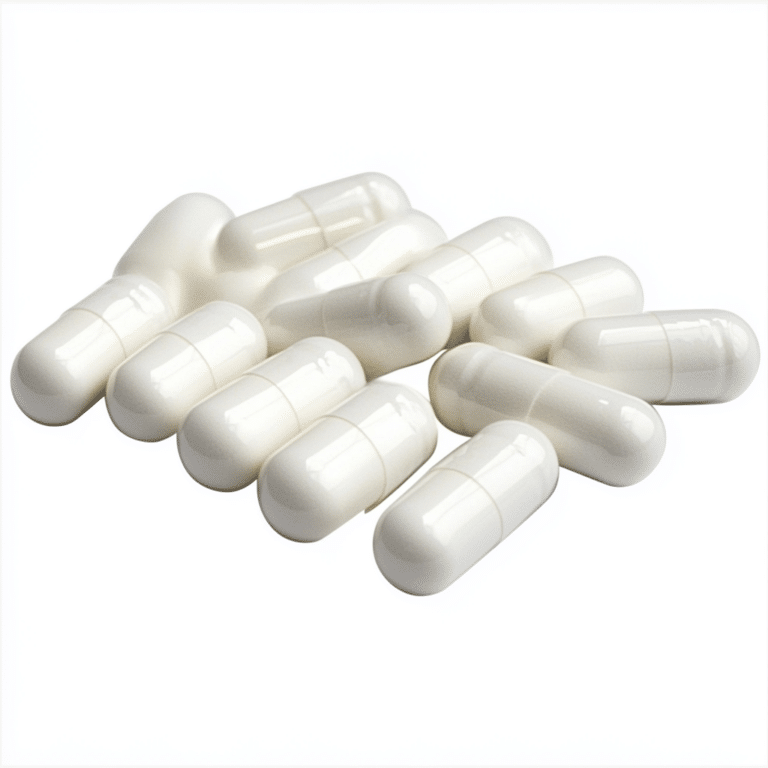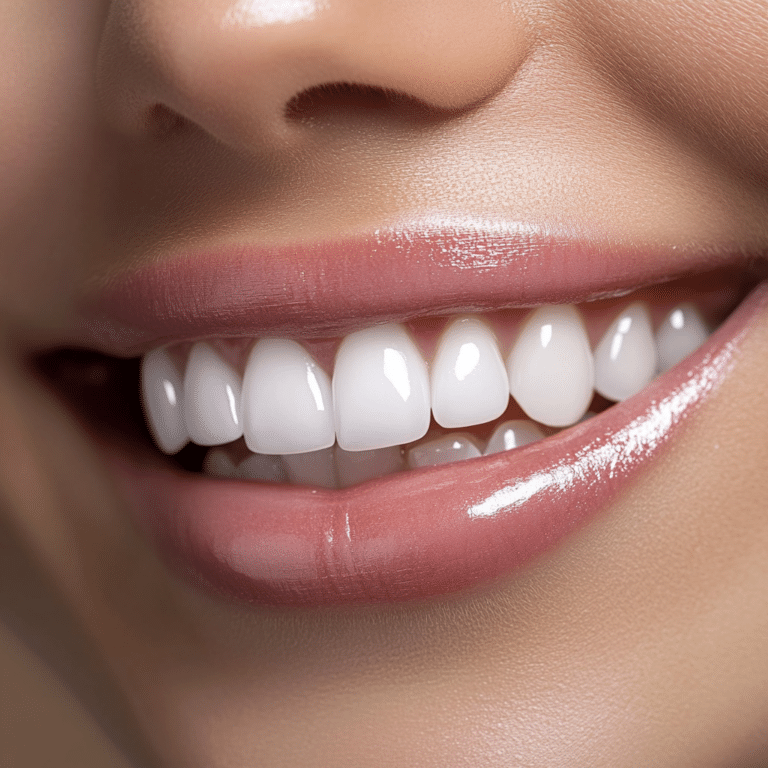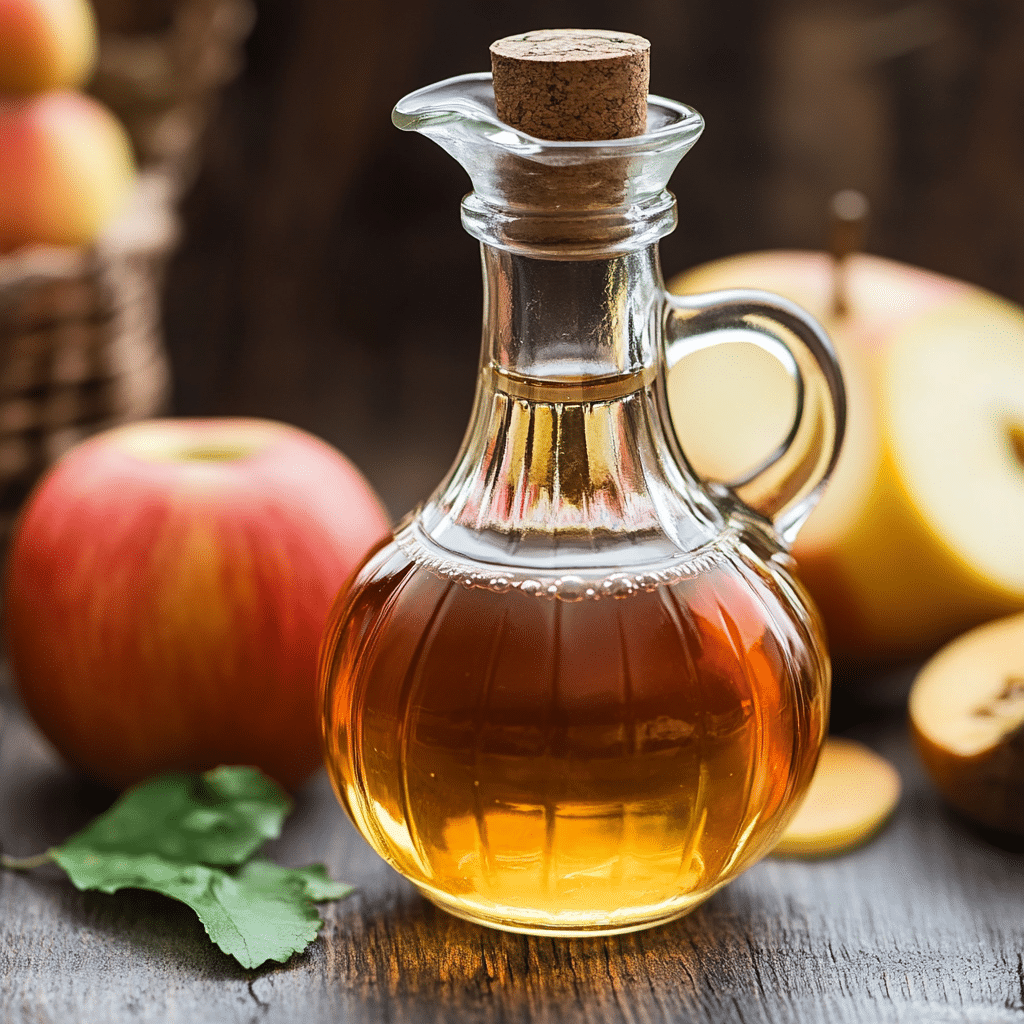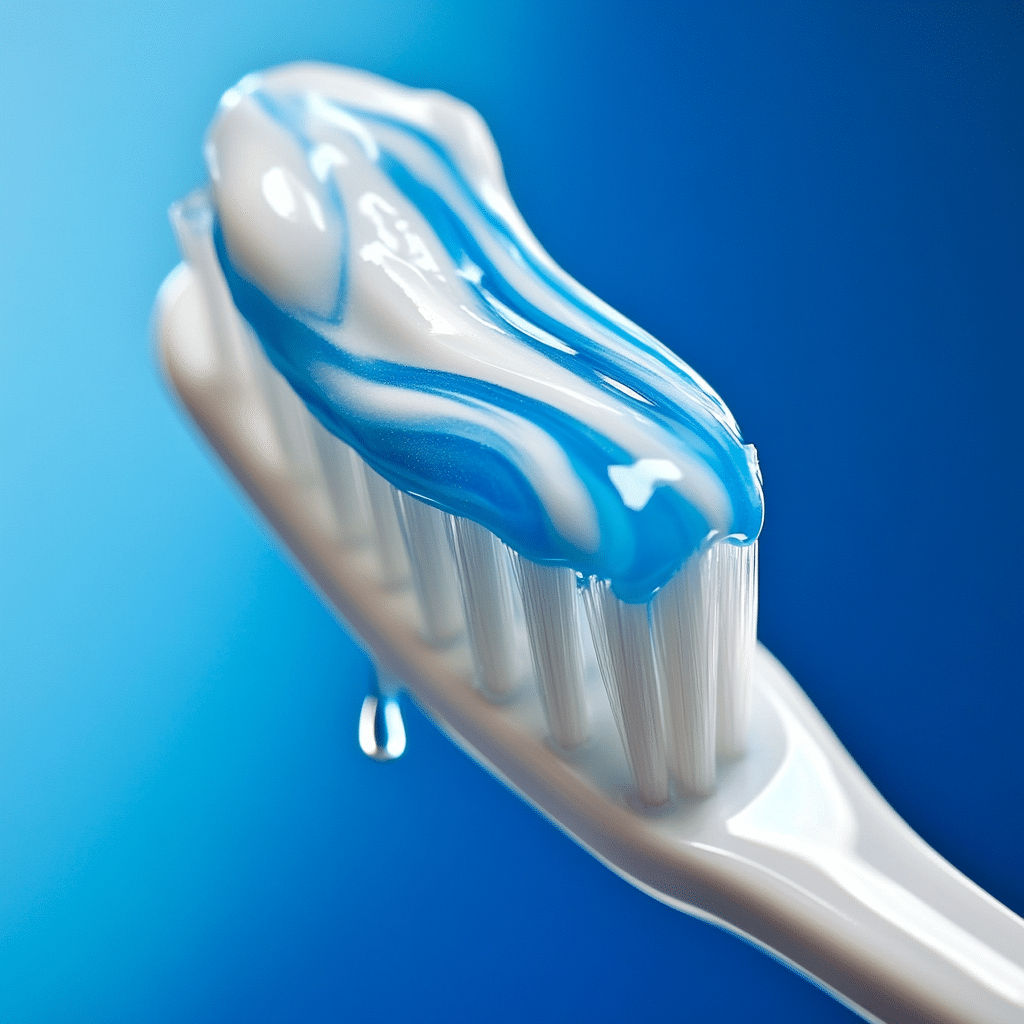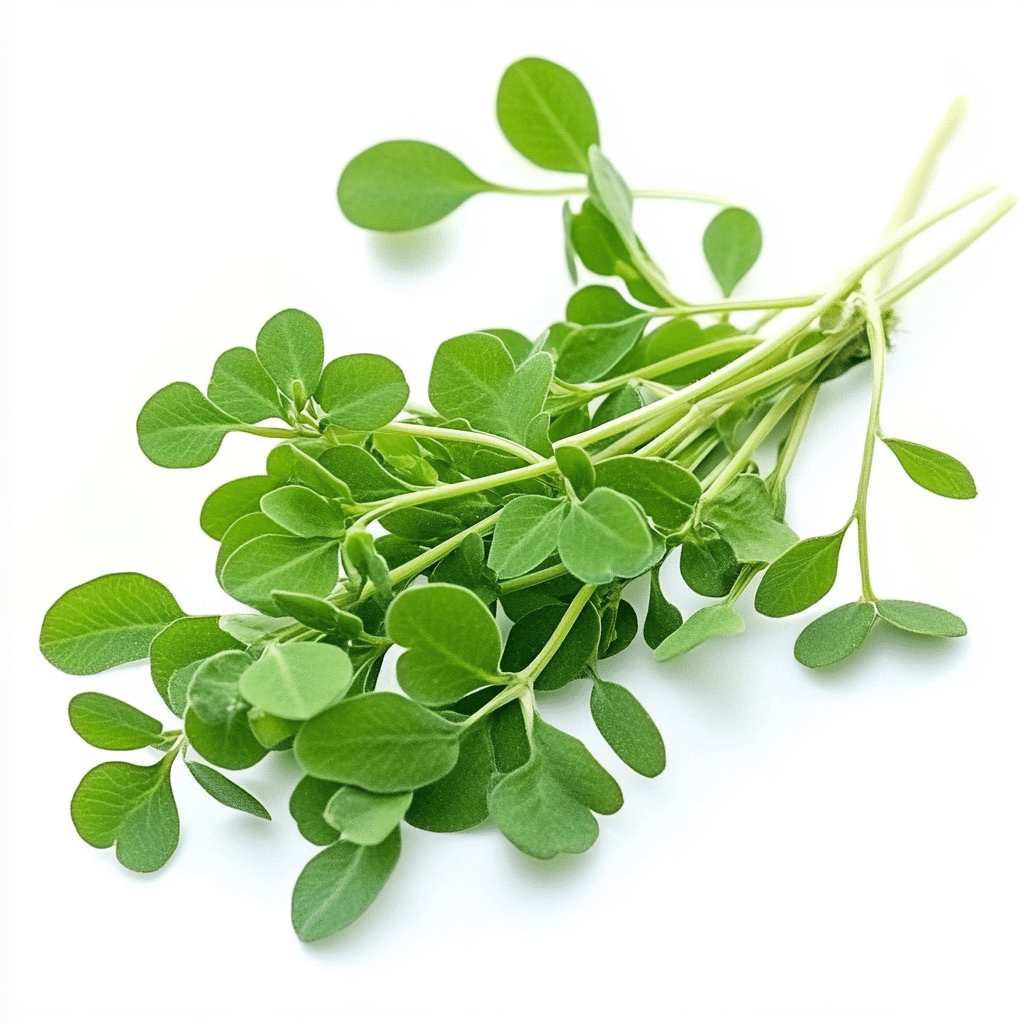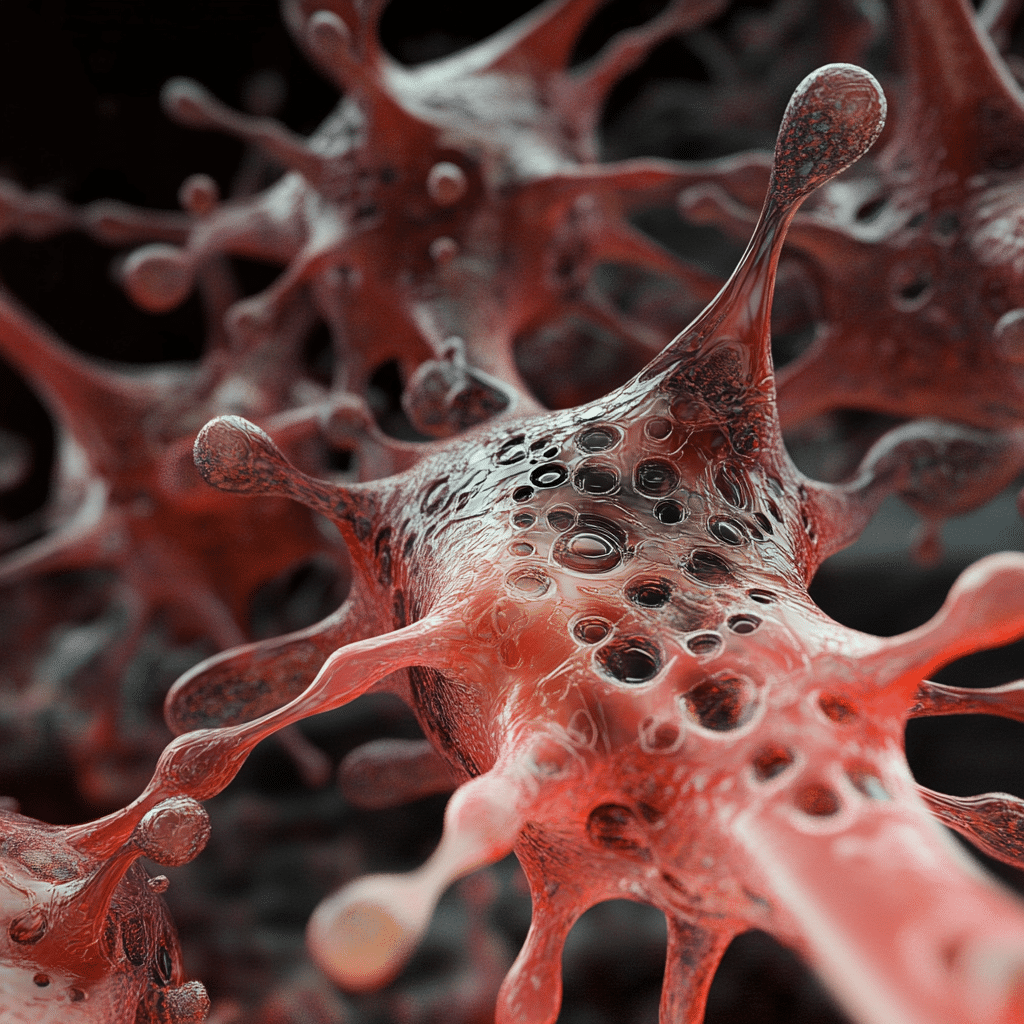Intermittent claudication is more than just a fancy term to toss around; it’s a serious condition that can change lives. Imagine you’re out for a jog or tackling those steep stairs and suddenly, your legs hit you with sharp pains or cramping. This discomfort usually fades with rest, but don’t let that fool you! It’s often caused by reduced blood flow due to narrowed arteries linked to peripheral artery disease (PAD). So, if you’re feeling pain, wouldn’t it be smart to learn about intermittent claudication and what it means for your fitness and overall health? Understanding these symptoms is crucial as they can signal serious cardiovascular issues lurking beneath the surface.
Living well with intermittent claudication requires awareness. Early recognition can help you prevent more serious health complications. So let’s dive into the top symptoms of intermittent claudication that could change lives — your life!

Top 7 Intermittent Claudication Symptoms That Change Lives
Imagine you’re taking your morning walk, feeling good, then bam! Pain strikes your calves, thighs, or even your buttocks. Activities like walking or climbing stairs turn into a struggle. Just ask George, a 62-year-old retired firefighter. His cherished morning strolls became an uphill battle, leading him to seek medical help and reclaim his fitness routine.
Many folks report feelings of numbness or weakness in their legs, which can really mess with your groove. Take David, a 57-year-old gardener, for example. He noticed his legs felt heavy and unresponsive, affecting not only his work but also his social life. Don’t let this symptom hold you back – it’s time to take action!
Ever felt like one leg was way colder than the other? This can be a red flag for poor circulation. Lisa, a 45-year-old office manager, felt that coldness and discovered it was linked to intermittent claudication. That eye-opener led her to make healthier lifestyle choices and start treatment, transforming her daily routine.
Think you’re looking pale, or worse, bluish in tone? These could be clues your blood flow isn’t up to par. Mark, a 50-year-old marathon runner, noticed these changes and quickly realized he needed to take action. He adjusted his training regimen, prioritizing his health, and it paid off.
Have you ever had a scrape that just won’t heal? Slow-healing wounds on your legs could signal trouble. After developing a stubborn sore, Arnold, a 68-year-old with diabetes, knew he needed to act. His experience propelled him to take proactive steps to manage his health.
If you’re exercising and suddenly feel exhausted, it might not just be the workout! Jenny, a regular cyclist, almost gave up her passion due to early fatigue until she sought help. Subsequently, she embraced lifestyle adjustments that significantly boosted her endurance.
Surprise, guys! Erectile dysfunction can also be linked to blood flow issues related to intermittent claudication. Ralph, a 64-year-old businessman, realized his performance challenges were connected to vascular health. After addressing both with his healthcare provider, he experienced a turnaround.

Lifestyle Modifications: Navigating Intermittent Claudication
Living with intermittent claudication doesn’t mean waving the white flag. Instead, it’s about making lifestyle adjustments that can greatly impact your well-being.
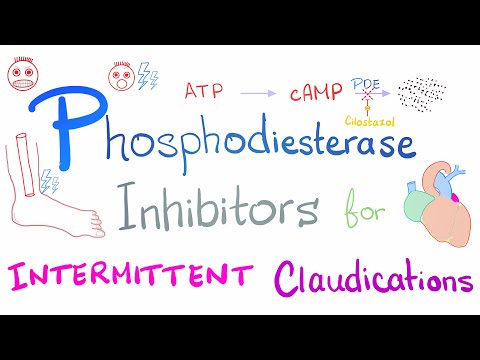
Incorporating Regular Exercise
One of the best moves you can make is engaging in a structured walking program. Despite the initial discomfort, this kind of regimen is often prescribed to improve circulation over time. Research, like a study published in the Journal of Vascular Medicine, shows that participants who committed to regular exercise saw substantial improvements in walking distance and quality of life. It’s time to lace up those shoes and start moving!
Nutritional Adjustments
Your plate matters too! A heart-healthy diet rich in omega-3 fatty acids, fruits, vegetables, and whole grains not only benefits vascular health but also helps manage weight. Brands like Blue Apron make it easy to whip up nutritious meals, guiding you towards better eating habits. Eating right means feeling good and keeping your beating heart happy.
Medical Interventions
Sometimes, you need to consult a medical professional. Medications like cilostazol can help improve symptoms by increasing blood flow to your legs. Depending on the severity of your condition, treatments such as angioplasty or surgery might be necessary. The key? Talk to your healthcare provider and explore your options.

Embracing Change: Overcoming Intermittent Claudication
You’ve got the power! Life with intermittent claudication may present challenges, but by recognizing these symptoms and addressing them proactively, you can make significant changes. Just look at George, David, and Lisa—they each turned an obstacle into an opportunity, redefining health in their lives.
The journey might look overwhelming at first, but taking informed steps and involving your support system can transform how you live. Awareness and education about intermittent claudication empower individuals to reclaim their vigor and engage in life fully. While some symptoms might initially bring concern, they can also be your springboard to a healthier, more fulfilling lifestyle.
So, are you ready to face the challenge of intermittent claudication? Don’t let anything clip your wings. Let your story unfold towards getting shredded, building muscle, and rocking those ripped six packs! You’ve got this!
Feel free to check out other useful resources; for example, consider looking into Vitamin E foods to boost your intake and learn the Signs Of gestational diabetes for more rounded health awareness. Never stop exploring your potential and always strive for that peak performance, just like the cast Of You People who perfectly exemplify positive change and empowerment! And hey, if you’re curious about anything else, like the time in where Norway is or whether Green Tea caffeine could give you an edge, don’t stop asking questions!

Intermittent Claudication: Fun Trivia and Interesting Facts
What You Might Not Know About Intermittent Claudication
Did you know that intermittent claudication often goes hand in hand with other health issues? It’s primarily caused by peripheral artery disease, where narrowing arteries restrict blood flow to the muscles, leading to pain during physical activities. This condition can significantly impact one’s quality of life, but here’s a fun fact: vitamin E Foods, like nuts and seeds, may help manage symptoms. These foods can improve blood circulation, making daily walks a little easier. Speaking of daily routines, have you ever wondered What time Is it in Norway? Timing can be crucial if you’re planning lifestyle changes that incorporate exercise!
Aside from nutritional changes, intermittent claudication has a broader social aspect too. Many people find themselves adjusting their activities, sometimes even venturing into new hobbies that require less strain. For example, some might explore trendy activities like the latest from the music scene, such as emerging artists like DD Osama. His energetic performances could inspire you to keep moving, adapting one step at a time. Staying active is crucial for those dealing with the symptoms of intermittent claudication.
Lifestyle Tips and Cultural Curiosities
When managing intermittent claudication, lifestyle habits play an essential role. Interestingly, engaging in regular, gentle exercises can help relieve symptoms. Plus, in some cases, cutting out harmful foods can be beneficial. So, if you’re curious about natural foods, exploring where to find vitamin E-rich items can be a game-changer. What’s even more exciting is that many folks don’t realize that their choices in food and exercise can significantly impact their lives, leading to a healthier routine. Just like the advancements in technology that American Megatrends emphasizes, life can take a turn for the better with the right support and resources.
Finally, it’s worth noting that modern medicine also has intriguing links to more intricate subjects, like insemination, showing the complex interplay between various health conditions and treatments available today. As you embark on your journey to understand and manage intermittent claudication, keep these facts in mind—they might just change the way you look at your health!




